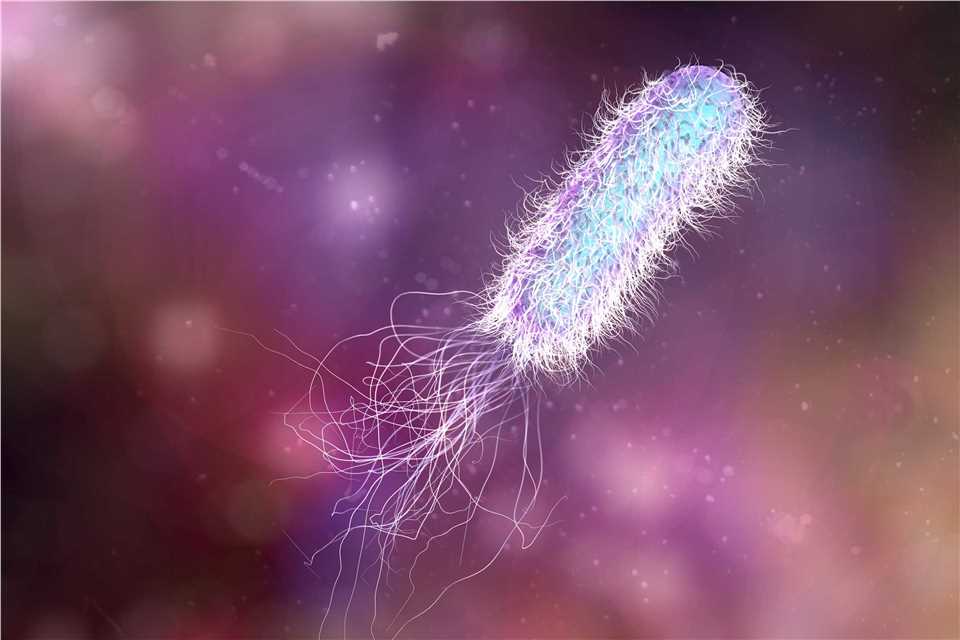Surface display technology was proposed by George P. Smith et al. in 1985. Its principle is to connect the gene sequence of the target protein with the gene sequence of the carrier protein and then import it into the host cell for expression. When the carrier protein is expressed, the target protein follows the expression and is localized on the surface of the host cell, so as to realize the surface display of the target protein. Bacterial display is an important surface display method. Currently, bacterial surface display as an in vitro display has been successfully applied in the preparation of recombinant bacterial vaccines, whole-cell adsorbents, whole-cell catalysts, cellular solid-phase reagents for diagnostics, and biosensors. Based on our rich field experience and advanced bacterial display platform, Creative Biolabs provides comprehensive in vitro display services to support the development of bacterial display systems.

Presently, surface display technologies have been widely used in microbiology, molecular biology, and vaccinology, and there have been mammalian cell display, phage display, ribosome display, bacterial display, yeast display, and other display technologies. Bacterial display technology has a wide range of applications in the field of biomedicine, such as epitope localization, cell-bound peptide identification, protease substrate identification, peptide maturation and evolution, and screening of antibody fragments.
In the case of peptide identification, for example, the affinity and specificity of peptides identified from randomized libraries are usually not sufficient for in vivo applications, and thus an affinity maturation process is required. Bacterial cell surface heterologous peptide display was reported as early as 1986. However, the maturation of protein library screening using bacterial display has been slow due to technical challenges. With in-depth research on bacterial display technology, scholars have gradually discovered ways to evolve peptides using bacterial display technology. One study reports a method for the application of bacterial display technology in peptide affinity maturation. A large randomized peptide library was demonstrated on E. coli using the biterminal display scaffold with circularly permuted OmpX (CPX). A bacterial display peptide library was screened to identify peptide ligands specific for vascular endothelial growth factor. Two cycles of diversification and quantitative screening by FACS were then performed to mature the initial lead affinity. The results compare favorably with those obtained using state-of-the-art phage display systems. At the same time, this study demonstrates for the first time that the bacterial display system is an efficient and complementary alternative to phage and yeast systems, well suited for peptide and micro-protein engineering.
The host bacteria commonly used for bacterial surface display include Escherichia coli, Lactobacillus, Xanthomonas, Pseudomonas malodorans, and Bacillus, which can be selected according to different research purposes and application directions. The carrier proteins of major surface display systems include extracellular membrane proteins, cell surface appendages, lipoproteins, virulence factors, cell membrane pore proteins, or cell wall-associated proteins. Different display systems have different advantages and disadvantages, and the first thing to consider when selecting a display system is the compatibility between the carrier protein and the target protein, including whether it will affect the activity of the target protein, whether the size of the target protein is beyond the range of the system's display capacity, etc.
Creative Biolabs has a wealth of knowledge and experience in bacterial display systems. We would be happy to share with you our knowledge and experience.
All listed services and products are For Research Use Only. Do Not use in any diagnostic or therapeutic applications.